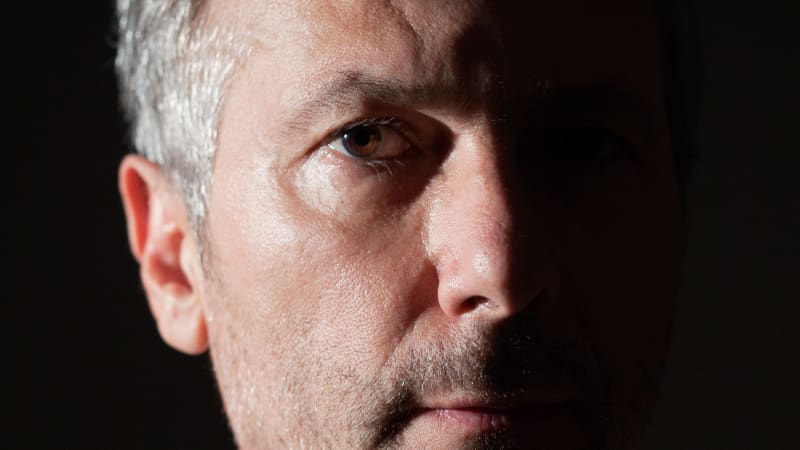
- Subjects
- Courses
- Colleges and Institutes
- Accessibility tools
-
English
-
English
-
Arabic
-
Chinese (Simplified)
-
Chinese (Traditional)
-
French
-
Italian
-
Japanese
-
Korean
-
Portuguese
-
Russian
-
Spanish
-
Thai
-
-
Home
- Search
-
Study at UAL
-
Pre-degree courses
-
Undergraduate study
- Postgraduate study
-
Short Courses
- Self-paced online short courses
- On Campus short courses
- Online short courses
- Courses for teenagers
- Courses starting soon
- Summer short courses
- Customised and executive training
- Future Creatives
- Short course stories
- My account sign in
- Immigration guidance
- Terms and conditions
- Winter short courses in London or online
- Useful information
- Spring short courses in London or online
- Fashion Folio visa information
- Graded Awards in Drawing
-
Online courses
- Apply
- Enrol
- International students
-
Our prospectus
- Accommodation Services
- Student fees and funding
- Language Centre
- Study Abroad
- Facilities
-
Course regulations
- Student surveys
- Tutorial policy
- Student rights and responsibilities
- Student Privacy Policy
- Student liabilities
- Attendance Policy
- Academic Misconduct
- Reporting serious incidents
- Appealing An Exam Board Decision
- Making a Student Complaint
- Student Fees Policy
- Quality Assurance
- Assessment
- Course Transfer
- Extenuating Circumstances and Time Out
- IT network and acceptable use policy for students
-
London
-
Contextual admissions
-
Ask a student
-
UAL Student Voices
-
Work placements
-
Pre-degree courses
-
Students
-
Student Careers
- Find jobs and internships on Creative Opportunities
- UAL Arts Temps
- Career skills and support
- Exhibit and sell your work
- Freelance and business support
- Awards, funding and support
- Industry and Partners
- Events and workshops
- Develop your skills and strengths
- Support for Graduates
- Stories
- Careers support for students
- Career resources
- International Futures
- Find a job
- Library Services
- IT Services
- Student Services
-
Locations and opening times
-
Term dates
- Graduation
- Academic resources
-
Students' Union
-
Canteens and cafés
-
Portfolio
- Student diversity
- Assistive Technology
- Health and safety for students
-
Make a living doing what you love
-
Student timetables
-
Wellbeing Hub
- UAL Showcase
- Big Welcome
-
Creating accessible digital content
- International exchange
- Money management
-
Student Careers
- Alumni and friends
- About UAL
-
Working at UAL
- Knowledge Exchange
- Research
-
Stories
-
What's on
- People
- Educational and global partnerships
-
Contact us
-
FromScratch1_00
- my-account
-
UAL Footer (iframe)


Biography
Honorary Doctor
Humberto Campana founded Campana studio with his brother Fernando in São Paulo, Brazil in 1984. Their iconic designs embrace Brazil’s melting pot of cultures, colour, landscapes and environments. They feature in permanent collections across the world, from the Centre Pompidou, Musée Des Arts Décoratifs, MoMA, Museum of Modern Art of Sao Paulo and Vitra Design Museum.
Humberto’s favourite creations include the Vermelha chair, made with 450 meters of rope, which resulted from experimentations of new ways of upholstering. Also the Favela chair, inspired by the random construction of shacks made with slats of wood. And the instantly recognisable plush chairs: soft toy clad furniture that speak of affection, surrealism and fantasy. Awards have come from far and wide including Design Miami/, the Brazilian Order of Cultural Merit, and the French Order of Arts and Letters.
Humberto studied law, rather than design, explaining that in Brazil in the 70s they were under dictatorship rule and the life of an artist was particularly challenging. After five years, he handed his law diploma to his family and told them that going forward, he would build his life with his own hands. He started building objects with seashells, bamboo, clay, weaving, welding, going to exhibitions and doing what he calls ‘educating his eyes’. His brother, Fernando who at the time had earned a degree in architecture, gave his sculptures functionality. They started the Campana studio with their first collection ironically called “Desconfortáveis” (Uncomfortable) and their partnership developed organically.
Today, the brothers work on far more than furniture. The studio investigates new possibilities in architecture, landscaping, fashion, costume, and scenography. Beloved for their free-thinking take on design, they are called upon by brands to re-imagine, transform, re-invent while bringing poetry to their pieces. For Lacoste, they re-imagined the polo, creating lace from 3000 painstakingly handsewn alligator logos. For Louis Vuitton, they created portable hanging travel cabinets made from leather offcuts that resemble a traditional Brazilian folk dance figure.
Humberto and Fernando’s legacy is their Institute, that aims to preserve traditions and craft by supporting sustainable design with a focus on the materials through workshops and masterclasses. In New York, Humberto joined forces with Central Saint Martin’s Product, Ceramic and Industrial Design on an open factory of making, using clay and your own imagination. In 2023 they plan to inaugurate a botanical park in São Paulo where native trees are being re-planted alongside twelve eco-friendly pavilions that bring their work to a whole new scale, offering a space for contemplation and learning about environment preservation. It points to how they see the future of design: an interdisciplinary practice that embraces nature and the power of reinvention.